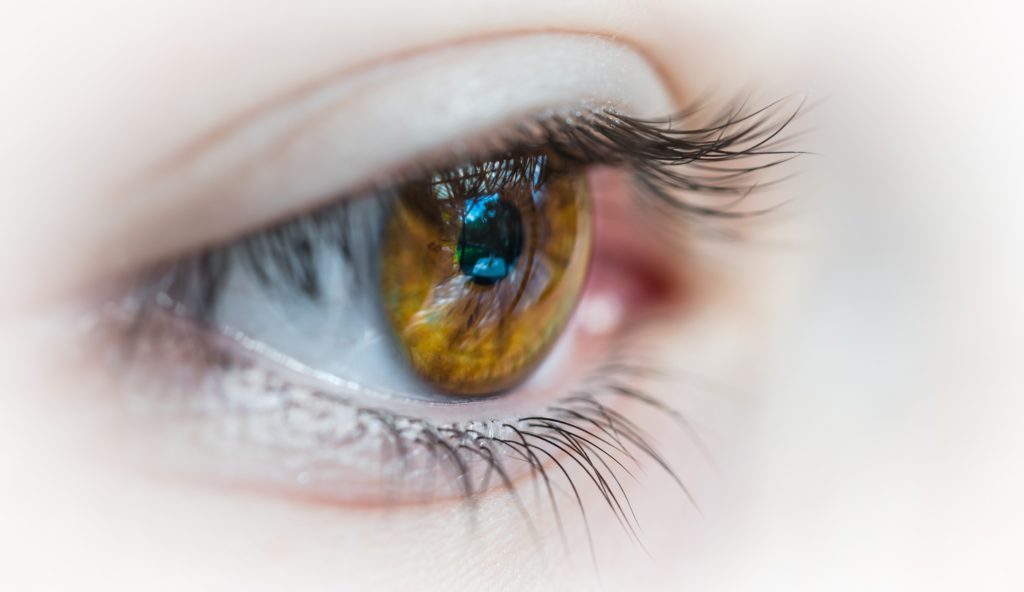What is LASIK, and how does it work?

By 2050, half of the world will be myopic. We’re increasingly dependent on glasses and contact lenses. Another way myopia can be treated is through laser treatment. For treating refractory problems like myopia, hyperopia or astigmatism accurately, your ophthalmologist may suggest a LASIK eye surgery. LASIK is a popular type of laser treatment that treats nearsightedness, farsightedness and other irregularities in the cornea or lens of the eye.
LASIK is an abbreviation for Laser-Assisted in Situ Keratomileusis. The surgical procedure aims to provide precise vision correction with quick healing time. In other laser treatments like Radial Keratotomy and Photorefractive Keratectomy, the shape of the cornea is altered by cutting slits in the cornea and sculpting the eye lens respectively, using a laser. Whereas in the LASIK procedure, the corneal tissue is reshaped by removing a microscopic amount of tissue from the cornea through a circular flap opened in the center of the cornea and replacing the flap back in place after reshaping. Thus the focusing power of the eye lens is corrected for clear vision.
What’s good about LASIK?
It’s pain-free
Requires only a quarter of an hour to do the surgery for both the eyes
Vision stabilizes within 24 hours after the surgery
Doesn’t require bandages or stitches after the surgery
Vision can be adjusted if it varies with age years later.
How will you be prepared for a LASIK surgery?
-
Patients wearing contact lenses will be advised to stop using them 2-3 weeks prior to the surgery.
The eye surgeon examines the eyes and the medical history of the patient.
Corneal thickness, eye pressure, corneal mapping and pupil dilation are evaluated.
Moments before the surgery, numbing eye drops are administered to the patient’s eye to prevent any discomfort that may occur during the surgery.
In some cases, medications are administered to relax during the period of the treatment.
Patients are directed to take only a light meal on the day before the surgery.

What to expect after the surgery?
Immediately after the surgery, you may experience temporary itching in your eyes and burning sensations.
While most get a clear vision immediately after the surgery, few may suffer blurry vision which will soon clear away.
Avoid rubbing the eyes and driving until the eye heals completely.
What are the risks?
The risk of going blind is a rarity unless the doctor commits a mishap while creating the flap.
Performing LASIK on a thin cornea may also result in blinding complications.
Other inconveniences like glare, halos, fluctuation vision, and dry eyes may show up in rare cases.
Who can’t undergo LASIK?
Younger patients below or in their early 20s, who have an unstable refractive power.
Patients who may suffer hormone fluctuations due to diseases like diabetes, or visionary fluctuation due to medications.
Pregnant and breastfeeding moms.
People who actively participate in activities that include regular contact with the face and the eyes, such as wrestling, martial arts, etc.
Under no condition should the patients commit to the surgery due to someone’s influence. Only after clearly weighing their own risk factors on discussion with the eye surgeon, one must undergo a LASIK surgery.
Tools Designed for Healthier Eyes
Explore our specifically designed products and services backed by eye health professionals to help keep your children safe online and their eyes healthy.





